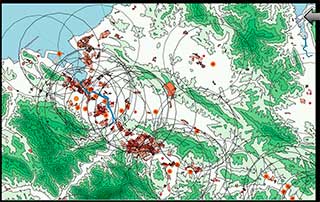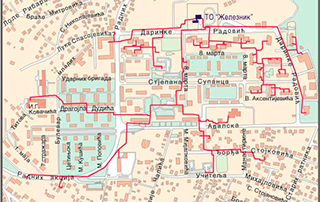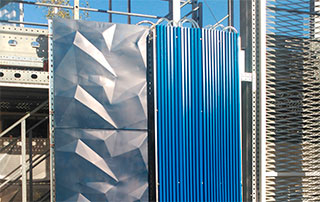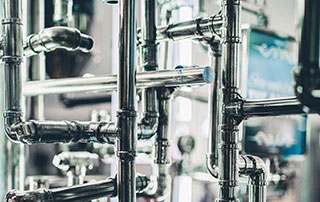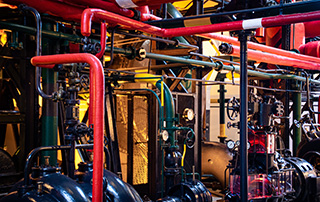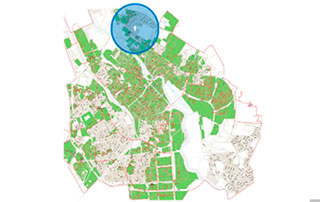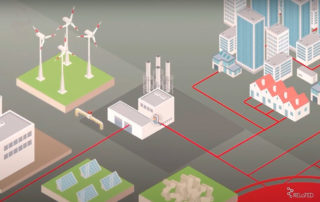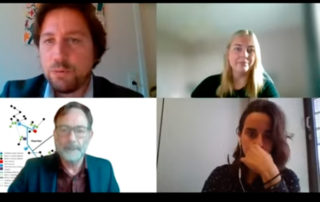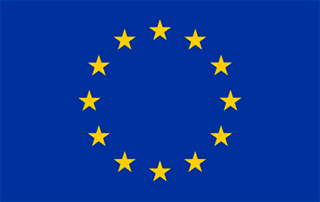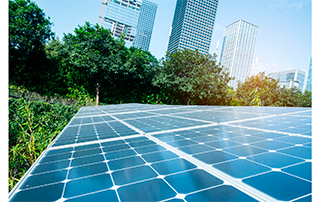Regional feasibility studies of new DH in consolidated urban environments, technical financial and administrative roadmaps
The methodology developed within RELaTED identifies interesting interactions between heat sources and high dense areas, but fails to encounter fully successful outcomes. Read more here (PDF) >> The main output of this study is the definition of a procedure for the identification of opportunities of waste heat reuse with a practical application based on real data in both Basque country region and Mazovia region. This document included: Geoprocessing of information on Basque country. Phase 1 of the regional study, with an energy and administrative planning of DH in consolidated urban environments. The main output from this task is the methodology to define roadmaps for the planning of new DH networks in existing urban areas. This methodology has been [...]

